Nội Dung Chính
(Page 126)
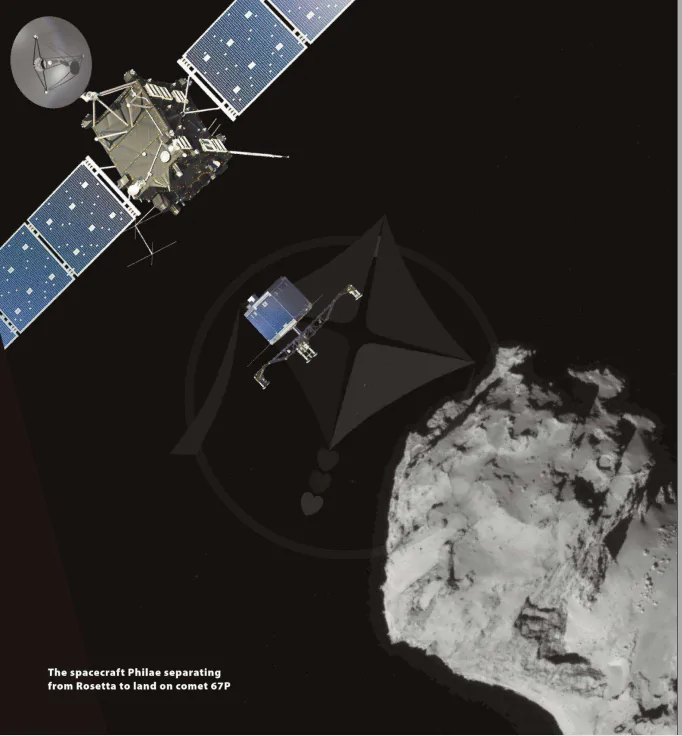
The spacecraft Philas separating from Rosetta to land on comet 67P
(Page 127)
A. Scan. Underline the year in which a spacecraft first landed on a comet.
B. Look at the headings. Match the detail to the correct heading. Then scan and check your predictions.
1. Rosetta would fly for 10 years. • • The Mission
2. Organic materials exist on comets. • • The Landing
3. Philae bounced twice on the comet. • • The Findings
C. Discuss with a partner. Why was the mission important?
LANDING on a COMET
On November 12, 2014, the European Space Agency (ESA) achieved a feat by successfully landing a spacecraft on a comet. This marked the end of a 10-year journey.
The Mission
Before the 1980s, everything we knew about comets came from looking through telescopes. In 1986, scientists sent several spacecraft to study Halley's Comet. But they needed another mission to answer further questions. In 1993, the ESA planned another mission: to land on a four-kilometer-long comet called 67P. In 2004, the ESA launched Rosetta into space. After 10 years, Rosetta reached the comet and began its orbit.
The Landing
On board Rosetta was Philae, a lander that depends on sunlight to recharge its battery. On November 12, Philae separated from Rosetta and approached the comet. Some scientists say the most difficult part of the mission was the touchdown because of the speed and surface of the comet. After landing, Philae bounced twice before stopping seven hours later and began to send data back to Earth.
The Findings
Philae managed to gather a huge amount of useful data for scientists. Scientists learned, for example, that some organic materials exist on comets. It's also possible that a comet brought water to Earth billions of years ago. This could even help explain the origin of life on Earth.
🎧2-51 OPTIONAL AUDIO
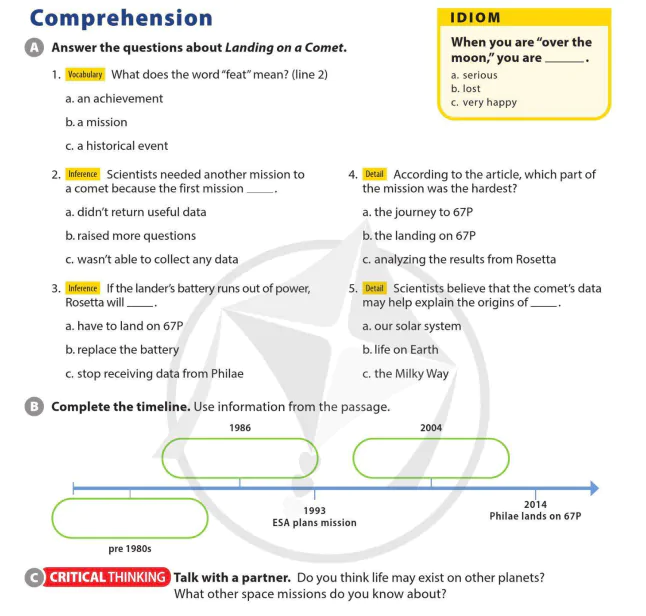


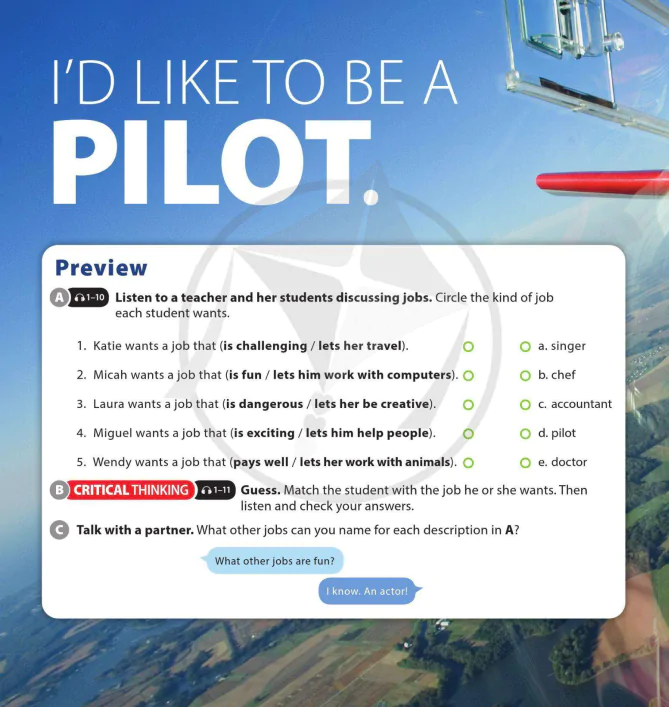
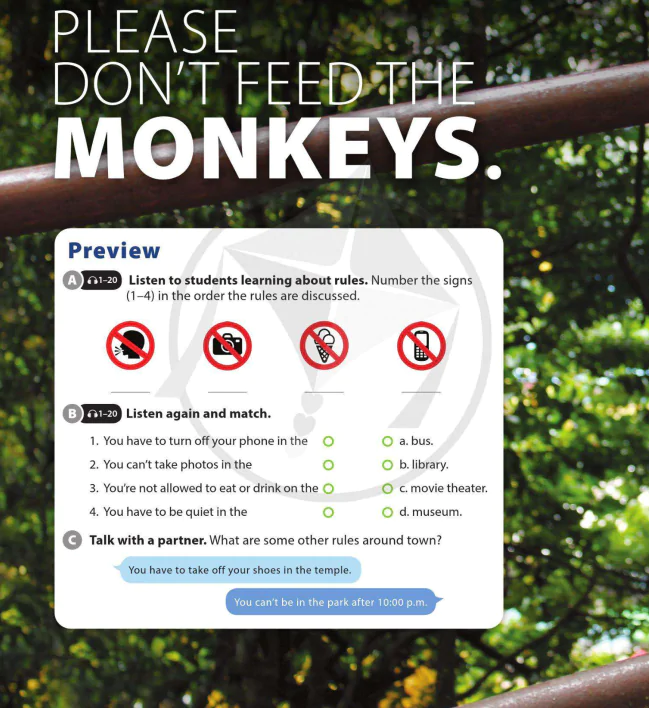

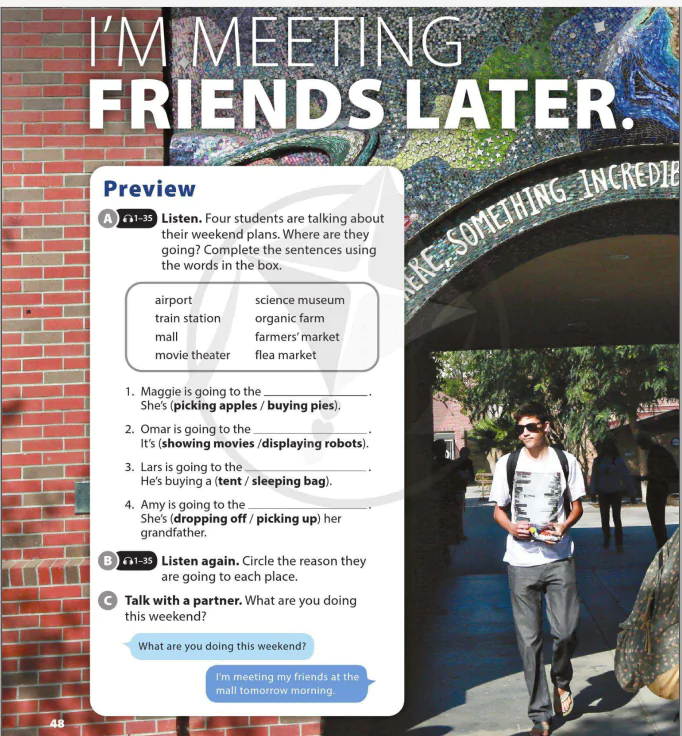

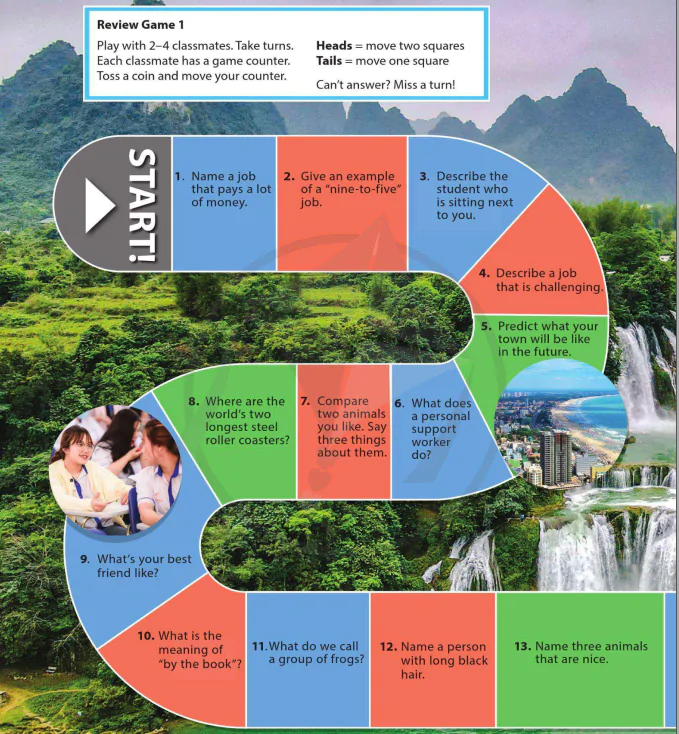



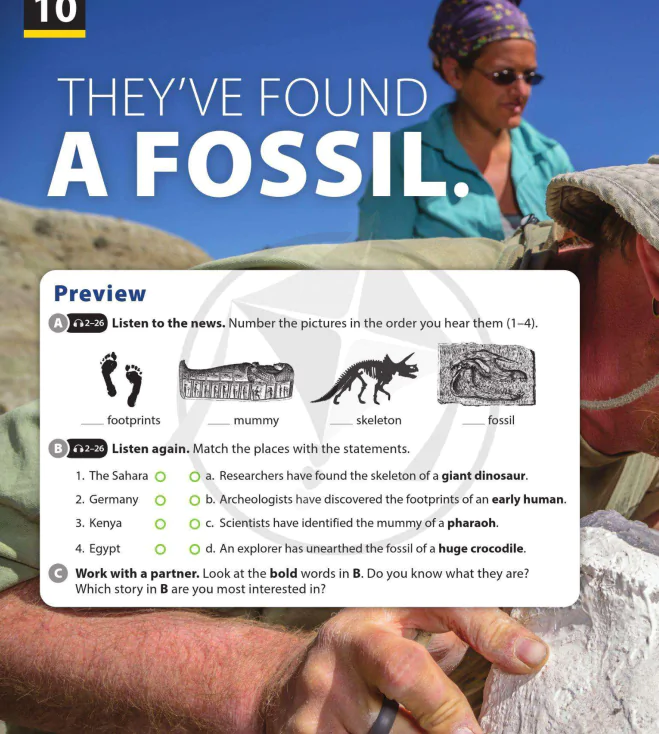

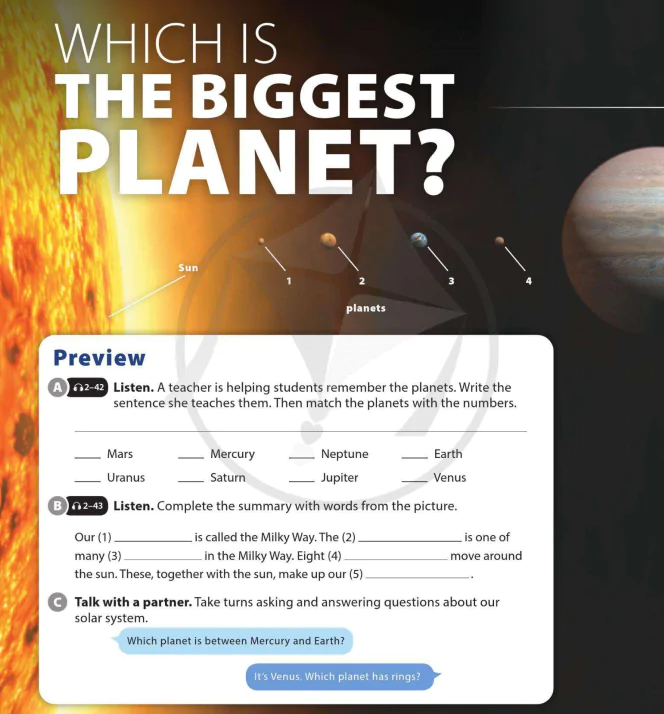
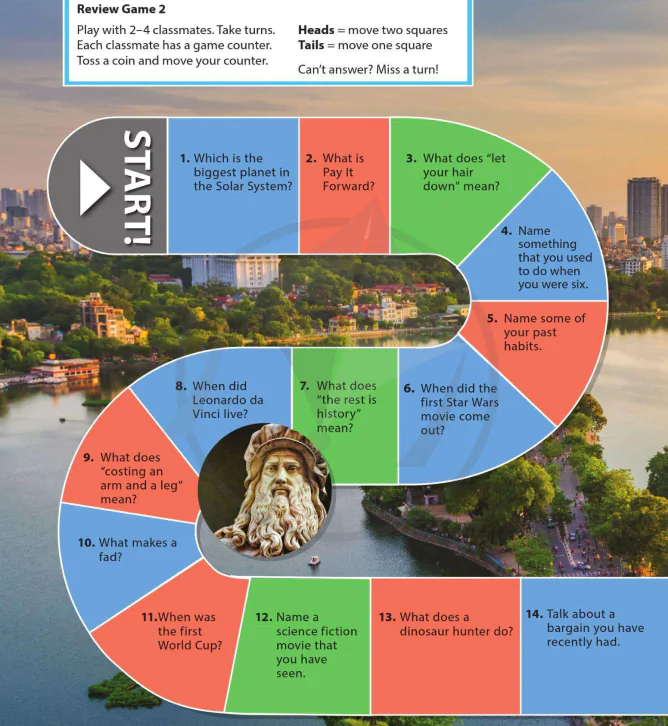
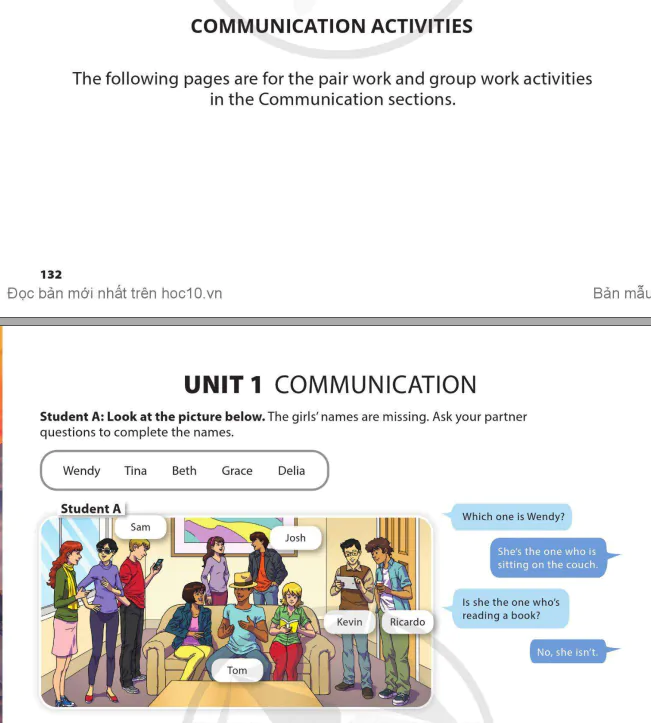
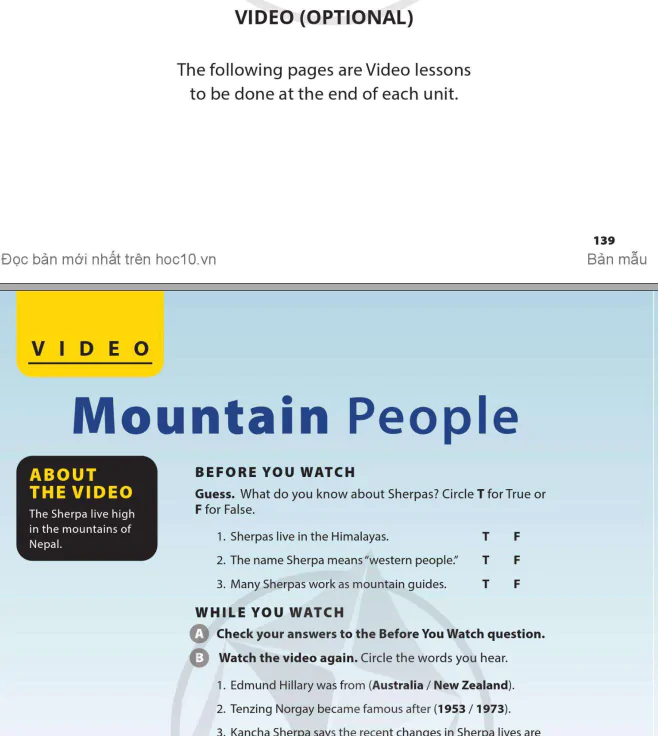
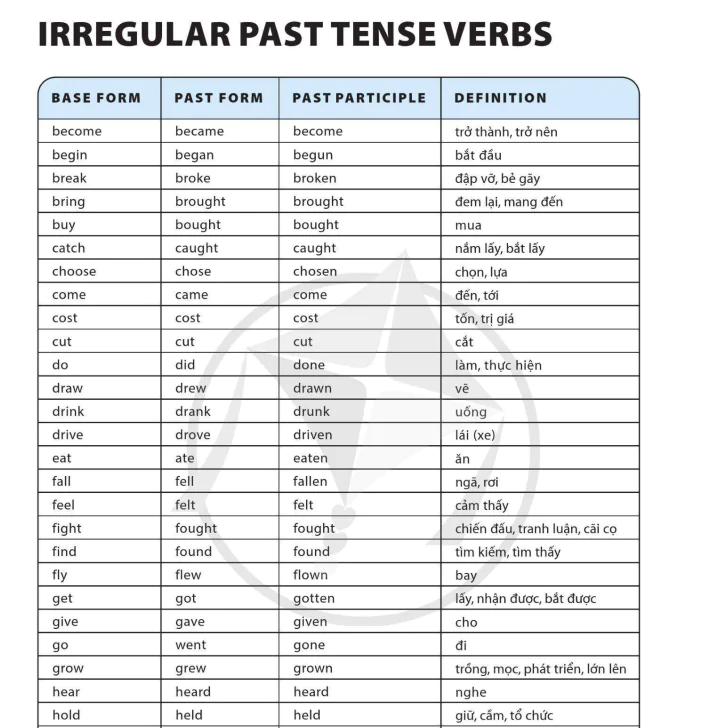
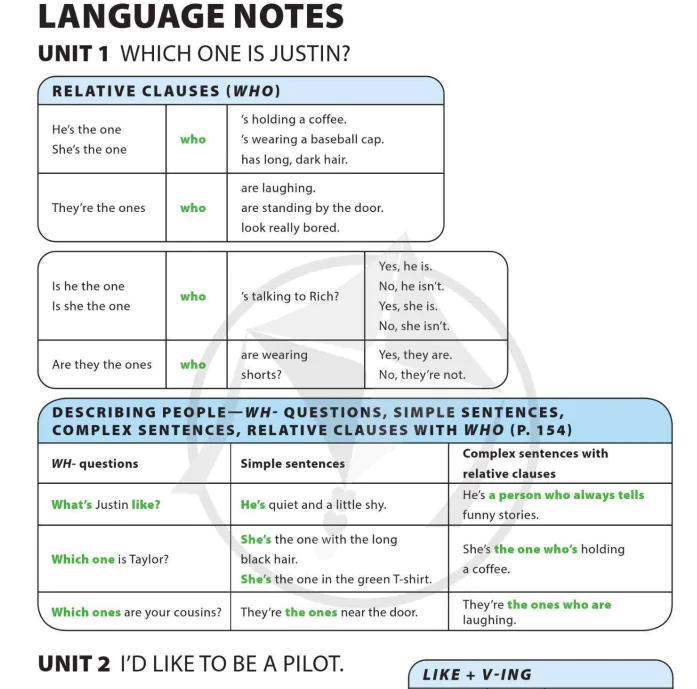




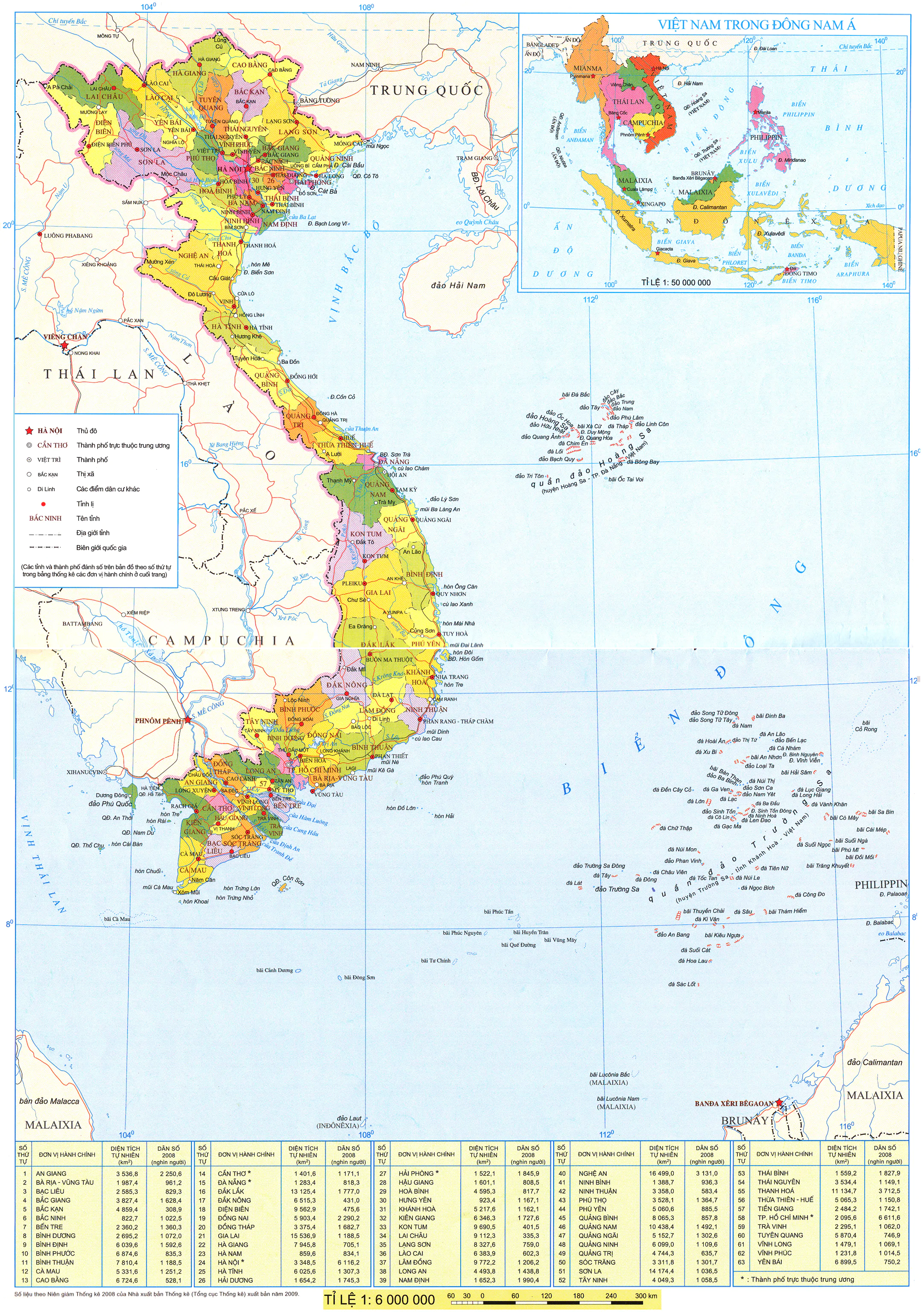















Bình Luận
Để Lại Bình Luận Của Bạn